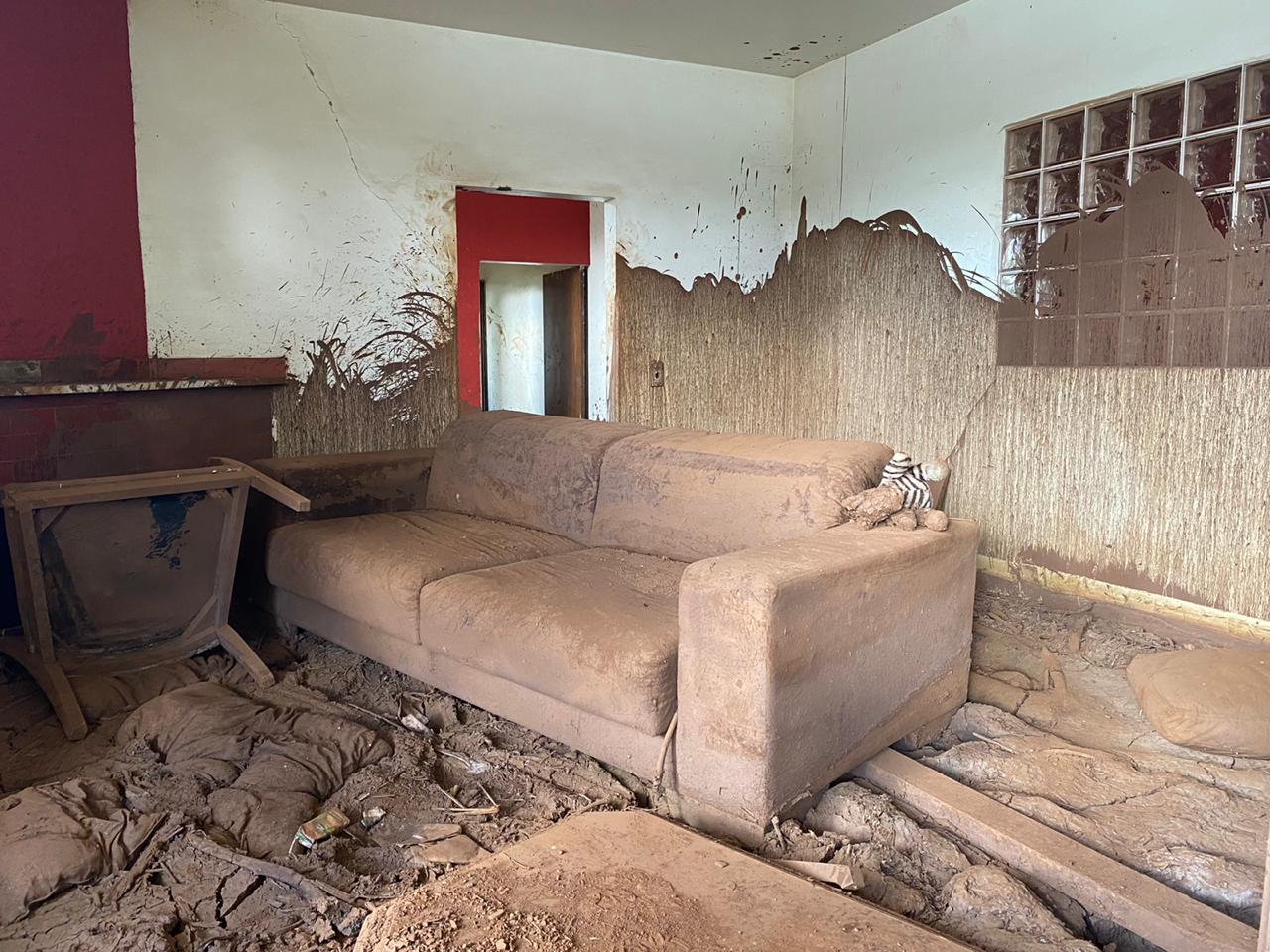Identifying and characterizing the impacts on social protection services
Published on 05/28/2021
In a quick google search we found that a disaster means a catastrophe; a fateful event (causes deaths); an event that causes suffering and physical, moral, material, emotional; social, economic, etc.
In the year 2009, The Secretariat of the International Strategy for Disaster Reduction (Eird/UN) has published a glossary, a set of terms, and defined "disaster" as a "serious disruption of the functioning of a community or a society and which entails large numbers of deaths and material, economic and environmental losses that exceed the ability of an affected community or society to cope with that situation through its own resources. "
And how will we know what the impacts have been on service delivery and demand for public social protection services in the municipalities affected by the Bean Stream mine dam breach disaster?
Social protection services in Brazil are offered by a state network and by a variety of non-state actors (NGOs, CSOs, philanthropic and religious institutions, etc. ), which are shelters for people who have had their bonds or rights weakened or broken. These are people who need shelter, such as abandoned children or elderly people, children submitted to work, young people who are serving socio-educational measures, people who live vulnerabilities, sufferings and risks due to poverty, because they are victims of domestic violence, racial, gender and ethnic discrimination, among other situations that are beyond the problems that the lack of income can cause.
Disaster situations, such as major floods, hurricanes, and like what happened with the Córrego do Feijão dam break in Brumadinho, bring impacts not only to the natural environment, but also to the populations that were affected. As Natália Satyro, associate professor in the Department of Political Science at UFMG and one of the researchers of subproject 50, explains to us, "in disaster situations of this magnitude it is difficult to map the immediate impact. Tem um primeiro momento do desastre, aquelas necessidades de abastecimento de água, de roupa, de moradia, mas se toda a rede do mercado de trabalho e de toda a rede do mercado de trabalho e de onde vem os empregos principais foi afetada, isso gera uma cadeia de perdas econômicas e sociais”.
A first stage of subproject 50 will present a comparative social and territorial diagnosis among 19 municipalities affected by the dam breach in Brumadinho. This means that the researchers will present an analysis of the different levels of unprotection and vulnerability: the different social risks of these cities. Thus, we will initially have a mapping of the demand and supply of the social assistance network in the period before the dam burst.
After mapping and comparing the social welfare network among the 19 municipalities, a second stage will be an impact assessment, meaning the study will present an overview of what happened to demand and supply capacity in the period immediately after the disruption.
Finally, the thirdstep will make an assessment of the impacts on the budgetary issues of this network and the ability of the municipalities to respond to it all.
Acompanhe o subprojeto 50 e as demais pesquisas do Projeto Brumadinho UFMG!
Através deste link você tem acesso ao glossário elaborado pela Secretaria da Estratégia Internacional para Redução de Desastres (Eird/ONU) 7817_UNISDRTerminologySpanish.pdf
